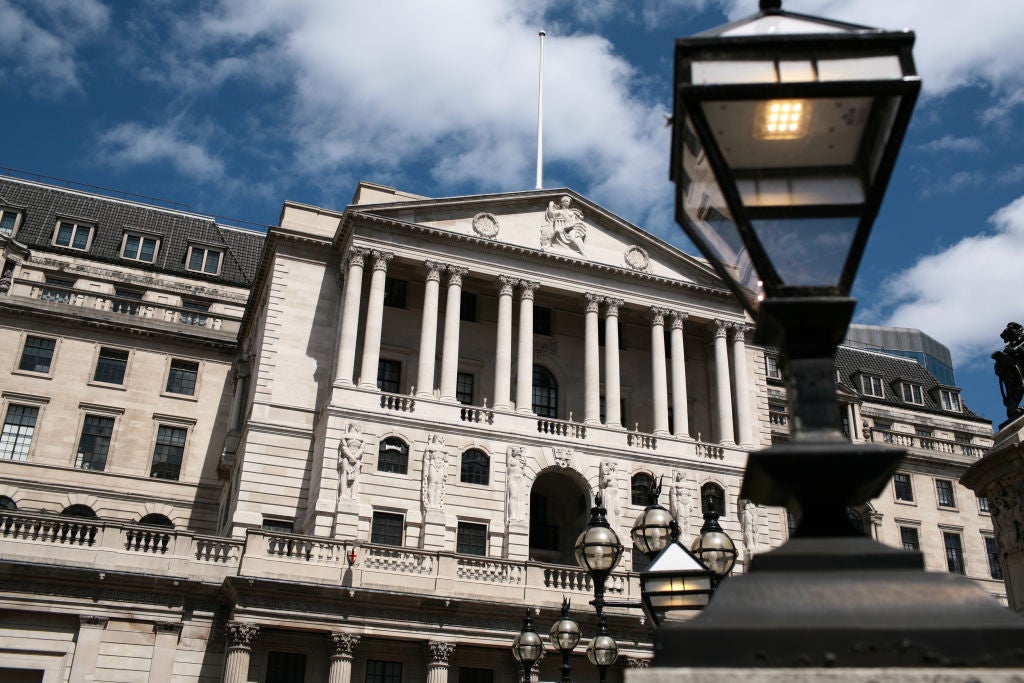
On 16 December, the Bank of England became the first major central bank to raise interest rates since the start of the Covid-19 pandemic. Meanwhile, the Federal Reserve has signalled that it intends to speed up its planned interest rate taper, with three increases planned for 2022.
The 12 months to November 2021 saw the prices of consumer goods rise by 6.8% in the US and 5.1% in the UK, speeds not seen since 1982 and 2011, respectively, and well above the 2% rate targeted by both countries’ central banks.
The moves towards a tightening of monetary policy come despite the rapid spread of the Omicron variant that threatens to upend the global economic recovery. Stocks and oil prices fell on Monday 19 December as the prospect of renewed lockdowns, widespread infection and international travel restrictions threaten to once again bring large parts of the global economy grinding to a halt.
This may be why the Bank of England has kept its rate increase fairly modest, with rates still far below their pre-pandemic level, while the Federal Reserve’s planned hikes are gentle enough to have not significantly altered market expectations.
Why interest rate rises have been resisted
Central banks have so far resisted calls for a more dramatic increase in interest rates from the likes of former US Treasury secretary Larry Summers. It is easy to see why: the hawks’ strategy is essentially to respond to supply shortages by paying rich people and companies to keep their cash in the bank, rather than investing in expanding production.
Their hope is that cutbacks in investment and increased mortgage repayments will combine to make economic conditions so inhospitable that people revise down their consumption to match the current dismal levels of output. In other words, it means levelling down quality of life to meet the new, constrained level of output, rather than levelling up output to meet the quality of life citizens have come to expect.
This strategy might make sense if supply constraints were considered permanent. This is the view taken by de-growth economists, who argue that we are at or near fundamental biospheric limits of production. However, it is a radical argument with serious implications for economic growth and global poverty reduction, and probably not one that most inflation hawks would want to be seen dead making.
It is true that inflation is proving more durable than many predicted back in mid-2020, but that doesn’t mean it is not transitory. Inflation remains overwhelmingly concentrated in key goods, goods with severe but ultimately resolvable supply chain issues.
Both the Bank of England and the Federal Reserve have acknowledged that the current spike in inflation is being driven by supply-side problems rather than excess demand.
Why is inflation rising?
A confluence of factors have combined to create a major crisis in global supply chains, with shipping costs up sixfold since January 2020. These supply chain issues have combined with a global energy crisis to push up the prices of specific goods, and it is these goods that are driving the high inflation rates on both sides of the Atlantic.
In the UK, energy prices appear to be the key factor. Increased transportation costs accounted for 33% of the total 5.1% inflation in the year ending November 2021, while housing and utilities contributed a further 19%. By contrast, food contributed just 6% and clothing and footwear 5%.
In the US, meanwhile, used cars, hotel rooms and airfares make up the majority of consumer price inflation despite amounting to just 5% of consumer spending.
There is also no sign of the much anticipated wage-price spiral. Unlike the 1970s, workers have very little power to resist the accelerating erosion of their living standards via collective bargaining. Few workplaces have the kind of automatic inflation-busting wage increases that turned a supply shock into a wage-price spiral half a century ago.
This is evident in the fact that real wage growth has now stalled in the UK, despite a brief period of growth over the past year. Labour shortages, much overhyped, remain confined to specific sectors such as HGV drivers and care workers.
What, then, is the solution? The first is to tackle the problem at its root, by resolving the fundamental issues with supply. This needs to include both large-scale investment and resolving global vaccine inequality, without which the continued emergence of new and terrifying variants of Covid-19 is an inevitability.
The second is to deal with the current cost of living crisis the old-fashioned way, through straightforward price controls. As documented by Isabella Weber in her book How China Escaped Shock Therapy, price controls were used to great success in tackling inflation during periods of supply disruption by both the US and UK during and after the Second World War, as well as by China during its civil war.
The choice between passing on supply constraints to consumers in the form of higher prices or leaving it to businesses to pick up the tab through reduced profits is ultimately a distributional one.
Paraphrasing US economist Albert Hirschman, Yakov Feygin writes that “uncontrolled inflation is primarily a political phenomenon that occurs when groups compete over resources. The rapid increase of the price level is a signal that the state can no longer control this competition.”
Businesses are certainly in a better position than consumers to take the hit. As Simon Youel recently noted in his piece advocating for price controls, inflation has squeezed real incomes at the same time as corporations have amassed enormous piles of cash – close to $1.32trn (£1trn) as of 2020, more than double their value a decade earlier and up almost $2.64bn on the previous year.
After years of stagnating real wages and rising corporate bank balances, it may be time for businesses to pick up the tab.



